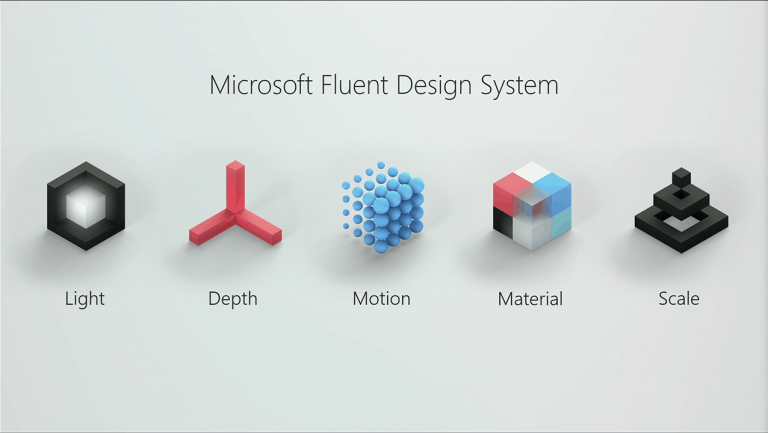Windows has historically been a monster of many design heads metaphorically. Typically, the operating system has chosen to pile on design elements over the years rather than slowly evolve the entire design language. For the most part, users have had little to complain about as newer elements have traditionally overridden older ones and other elements have been pushed to the recesses of the OS.
However, it seems Microsoft is trying to make a concerted effort to evolve all of its software, services, and hardware to a consistent modern design language.
Spearheading Microsoft new design language effort is a new post on the Windows blog detailing the first ever Windows UI Library being available for preview to developers.
While Microsoft made a relatively big splash with its Universal Windows Platform design app language, the new Windows UI Library or (WinUI for short) is a way for developers to get used to all the new Fluent Design flares that will be appearing in Windows 10 over time.
The WinUI NuGet packages contain new and popular UWP XAML controls and features which are backward-compatible on a range of Windows 10 versions, from the latest insider flights down to the Anniversary Update (1607).
Beyond being able to see Fluent Design elements come into play in the OS early, using the new WinUI NuGet enables developers to make UI changes based on versions of the operating system (version adaptive apps) as well as applying those UI updates regardless of packaged OS releases.
It should be noted that developers using the XAML platform, not all of the XAML platform is in WinUI, however, Microsoft is considering a move to move more of the platform to WinUI packages in the future as well as creating an open source version on GitHub.
For developers interested in WinUI, it’ll be released alongside standard Windows 10 SDKs as the team building WinUI is the same as the engineering team behind SDK releases.
To get started, developers simply need to have a Windows 10 SDK installed, but at least Windows 10 April 2018 Update and newer installed for the best performance.


